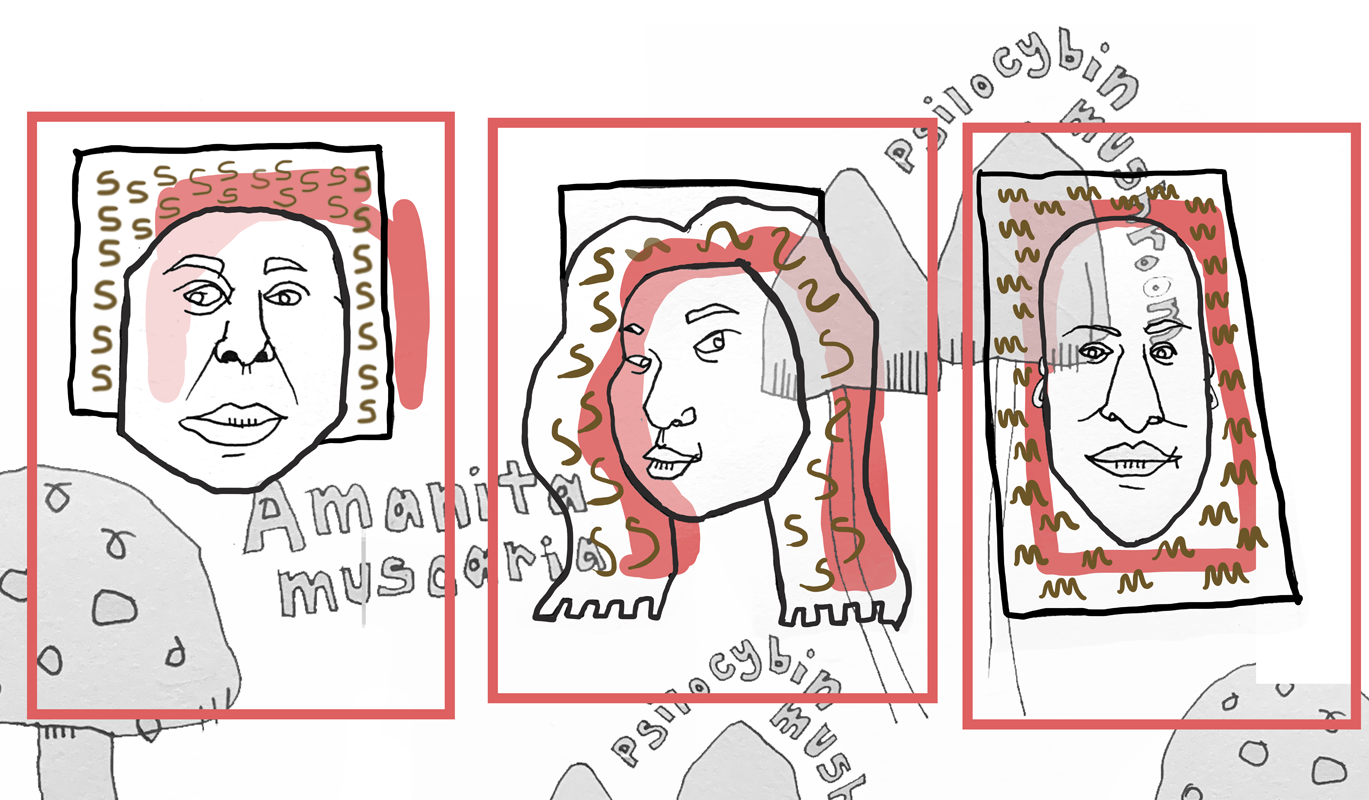Why New York’s new overdose prevention centres will save marginalised lives
Taking the first steps towards a citywide harm reduction strategy is a reason to celebrate.
Suchitra Rajagopalan
13 Dec 2021

Canva
Every four hours, someone dies of a drug overdose in New York City. Amidst a devastating overdose crisis, the city announced last month that it will be opening two publicly sanctioned Overdose Prevention Centres (OPCs). In less than a week since opening, nine lives had already been saved by staff at the OPCs, who reversed overdoses that would have otherwise resulted in death.
OPCs are safe spaces for people to consume pre-obtained drugs under the supervision of trained staff. Also called ‘supervised consumption services’, ‘supervised injection facilities’ and ‘drug consumption rooms’, they may offer a number of services, including access to sterile syringes and tools to check for the presence of adulterants in drugs. OPCs may also provide users health care, counselling, and referrals to health and social services, including drug treatment. They are an effective harm reduction intervention, based on care and compassion, which have been proven to save lives and prevent the spread of infectious diseases. While this is the first sanctioned space of its kind in the US, around 130 such sites exist in countries around the world.
The overdose crisis in NYC, as in other parts of the US and the world, is one that disproportionately impacts the most marginalised communities. In 2020, Black New Yorkers had the highest rate of overdose death and the largest absolute increase in overdose death rate from the previous year. This mirrors the national level crisis, with the overdose death rate among Black Americans exceeding that of white Americans in 2020 for the first time since the 1990s. The Covid-19 pandemic has exacerbated inequities in health, income and wealth, and these widening inequities are reflected in overdose death data, as we see racial and ethnic minorities as well as low-income neighbourhoods bearing the brunt of this crisis.
“In 2020, Black New Yorkers had the highest rate of overdose death and the largest absolute increase in overdose death rate from the previous year”
The overdose crisis in NYC also mirrors the national overdose crisis, in the role that fentanyl – a powerful opioid analgesic that has increasingly adulterated drug supply in the country – has played in the rise of overdose deaths. In 2020, fentanyl was involved in overdose deaths in 77% of all overdose deaths. In NYC alone, it was a factor in a staggering majority of overdoses in NYC; 93% of heroin-involved overdoses, 81% of cocaine-involved overdoses, 80% of alcohol-involved overdoses, 77% of opioid analgesic-involved overdoses and 66% of amphetamine-involved overdoses.
An OPC, where people can check their drugs for adulterants, and staff can reverse opioid overdoses using naloxone, can help prevent many of these deaths. For this reason, advocacy groups and grassroots organisations in NYC have been campaigning for a sanctioned space since 2015. And in a major victory, outgoing NYC Mayor Bill de Blasio announced the official opening of the OPCs which will be run by a newly formed non-profit organisation called OnPoint NYC that consists of two local harm reduction service providers, which have been running syringe exchange programmes in their communities for a number of years. The OPCs will be located in neighbourhoods which are particularly impacted by the overdose crisis and public injection.
Earlier this year, the Biden-Harris administration released its Drug Policy Priorities, which explicitly mentioned and allocated resources to harm reduction for the first time. And just this week, The Substance Abuse and Mental Health Services Administration (SAMHSA) announced an unprecedented $30 million in grants for harm reduction.
Public health innovation often precedes legal change. Brave activists and service providers have a long history of providing services that save lives in their communities. With the opening of the OPS in NYC and the new Drug Policy Priorities, the US enters the next phase in its adoption of harm reduction as a public health strategy.
Suchitra Rajagopalan is the Communications Officer at Harm Reduction International.

Britain’s policing was built on racism. Abolition is unavoidable

How Pakistan’s Khwaja Sira and transgender communities are fearing and fighting for their futures

Their anti-rape performance went viral globally. Now what?






